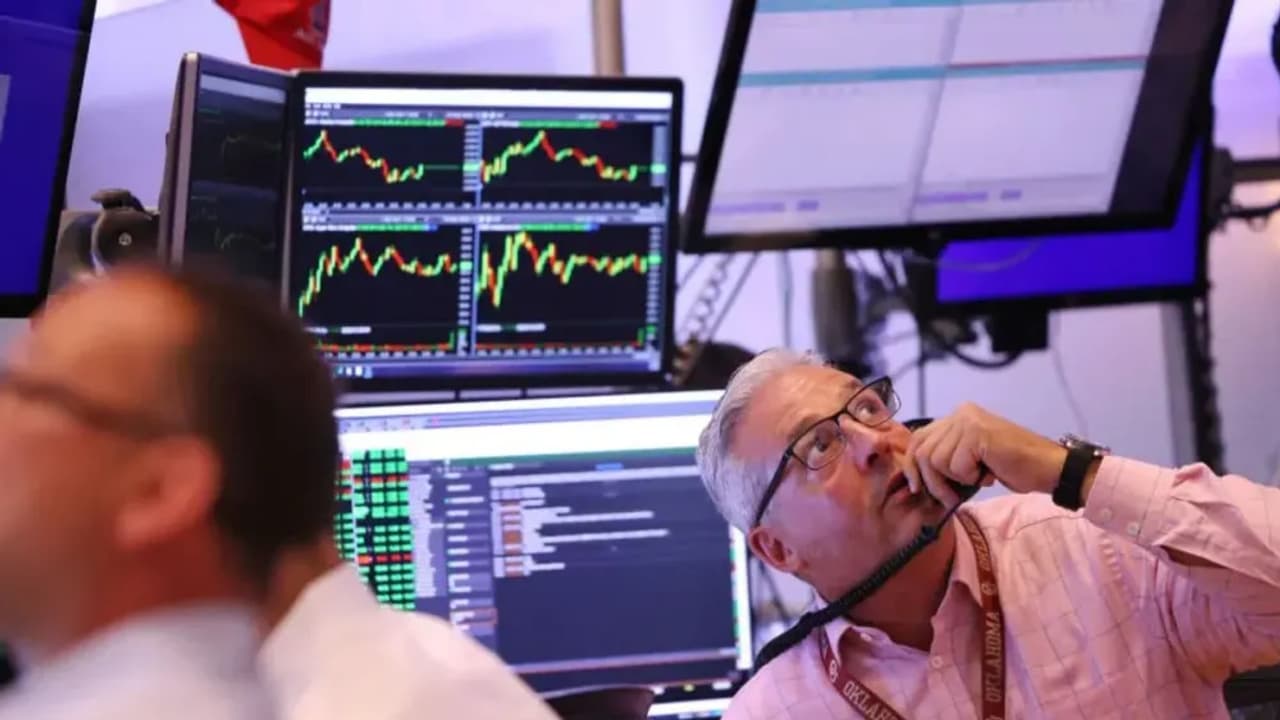Futures linked to the benchmark indices were up by 0.9% at the time of writing, while Russell 2000 futures gained 1%.
U.S. stocks were set for a positive opening on Tuesday as investors look to recover after a sharp sell-off on Monday following President Donald Trump’s continued attacks against U.S. Federal Reserve chair Jerome Powell.

While Powell expressed concerns that Trump’s tariffs were larger than expected and could stress the U.S. economy’s growth prospects, the President continued to call for rate cuts to stimulate growth, while berating him through social media posts.
Futures linked to the Dow Jones, the S&P 500, and the Nasdaq 100 indices were up by 0.9% at the time of writing, while Russell 2000 futures gained 1%.
Meanwhile, the SPDR S&P 500 ETF Trust (SPY) and Invesco QQQ Trust (QQQ) gained 1% in Tuesday’s pre-market session.
Gold prices in the spot market touched a new high of $3,499.92, while Bitcoin (BTC) gained 1.3% in the past 24 hours.
Asian markets ended Tuesday’s trading session on a mixed note. The Hang Seng index gained the most, closing the session higher by 0.8%, followed by the Shanghai Composite index, which ended 0.3% higher.
However, the TWSE Capitalization Weighted Stock Index fell 1.7%, while the Nikkei 225 declined 0.2%.
US Economy Inching Closer To A Recession, Says Expert
Trump’s tariff policies could be driving the U.S. economy closer to a recession, according to Charles Schwab’s chief investment strategist, Lizz Ann Sonders.
Sonders said that Wall Street had grown conservative – S&P 500 earnings growth estimates have now dropped to 9%, from 15% following the election.
“Recession probability is elevated and it's hard to imagine what could prevent it, other than a fuller backpedaling in tariff policy,” Sonders added, painting a bleak picture of the U.S. economy.
Trump’s toughening stance against Powell is also putting pressure on long-term treasuries, according to Charles Schwab’s chief fixed income strategist, Kathy Jones.
She believes that Powell’s ouster could lead to an adverse reaction from the markets.
“The irony of the effort to oust Powell is that it would probably send long-term yields higher as foreign investors intensify their exit from U.S. dollar assets,” Jones said.
Amid this, the U.S. dollar continued its downward slide, with the DXY falling to 97.92 on Monday, a new three-year low.
For updates and corrections, email newsroom[at]stocktwits[dot]com.<
